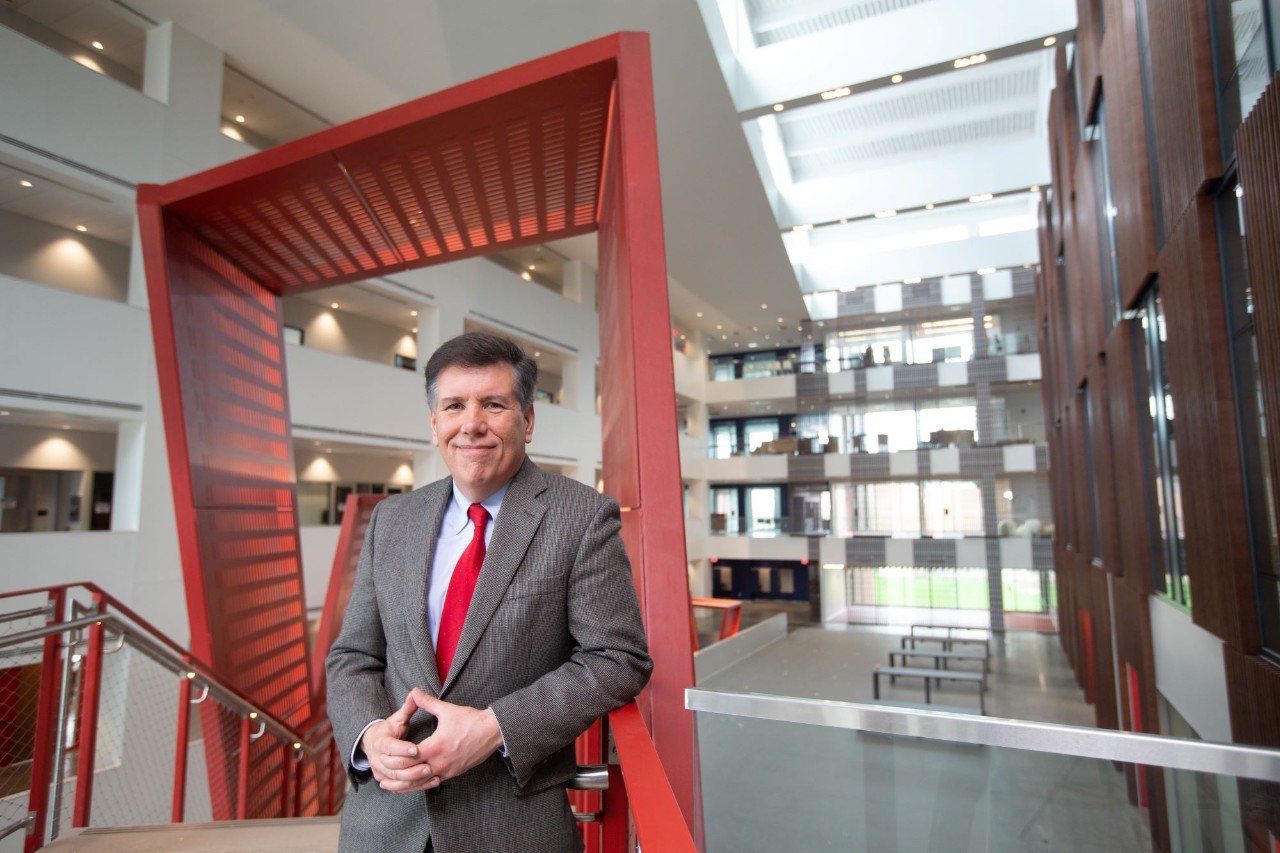
How redrawing congressional districts can affect results
Spectrum News talks to UC expert about Ohio gerrymandering
Spectrum News turned to a University of Cincinnati political science expert to explain the stakes of new congressional map the Ohio General Assembly is preparing for the 2026 elections.
The map decides the geographic boundaries for each of Ohio's 15 districts, traditionally after the U.S. Census reapportions districts by state population every 10 years. The districts can be apportioned based on geography, common economic interests and other factors. And how they are drawn can significantly advantage a particular party, known as gerrymandering.
UC College of Arts and Sciences Professor David Niven said gerrymandering sometimes creates districts that have less in common economically or geographically.
“Four runs all the way from the outskirts of the Cleveland metropolitan area all the way over to the outskirts of the Dayton metropolitan area, and the problem with that, of course, is the folks at either end of these districts don’t have a heck a lot in common,” Niven told Spectrum News.
Niven teaches political science in UC's School of Public and International Affairs. He said more states are opting to put the task of drawing up maps in the hands of an independent commission. Ohio voters rejected such a proposal in November.
“States including Michigan and Colorado have chosen to use an independent redistricting commission, which basically means two things: One, politicians don’t draw their own lines and two, those commissions are balanced by parties so that neither party can choose the map.”
Watch the Spectrum News story.
Featured image at top: UC Professor David Niven is following Ohio's congressional redistricting for 2026. Photo/Andrew Higley/UC

Ohio's congressional map. Graphic/Ohio Secretary of State
Related Stories
Clifton Court Hall grand opening garners detailed media coverage
September 20, 2023
The University of Cincinnati celebrated the opening of Clifton Court Hall on Tuesday, Sept. 19, with a ribbon cutting, attended by approximately 200 administrators, faculty, staff and students. The event was covered by multiple media outlets.
INSIDER: Here's everything TikTok says it's doing to fight misinformation
August 18, 2022
Business Insider article on TikTok's new policies to confront misinformation cites UC social media expert Jeffery Blevins
USA TODAY: Fact check: Identical injured dog posts are a viral scam
October 21, 2022
UC social media expert cited in USA Today explains how social media posts can be replicated to see who might be vulnerable to sad stories such as a dog getting hit by a car. Use caution and verify posts through outside sources, says Jeffery Blevins, professor and head of UC's Department of Journalism.
